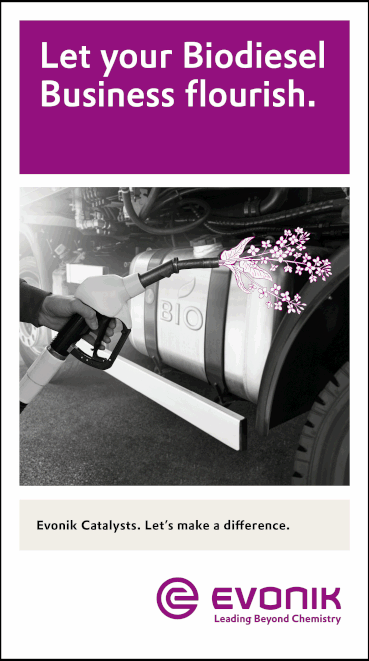Lithuanian scientists say recycled cigarette butts can reduce cost of biodiesel production
- Kaunas University of Technology
- Dec 1, 2023
- 3 min read

Lithuanian scientists have discovered a way to reduce the cost of biodiesel production by adding the byproduct of cigarette-waste recycling, according to Kaunas University of Technology.
Adding a blender such as a triacetin compound can help reduce costs and make biodiesel even more environmentally friendly than it already is, according to the university.
Unfortunately, triacetin is usually produced chemically, consuming a lot of chemicals, and resulting in waste and toxic residues.

“Triacetin is used as a plasticizer in cigarette filters, so, naturally, cigarette butts are rich in it,” said Samy Yousef, a chief researcher at Kaunas University of Technology in Lithuania.
Together with his colleagues from the Lithuanian Energy Institute, he conducted a series of experiments in which they used pyrolysis to thermally decompose cigarette waste.
The experiments were carried out in a 200-gram reactor at different reaction temperatures (650 degrees Celsius, 700 C, and 750 C).
The biggest quantity of triacetin (43 percent) was synthesized at 750 C.
Smokers around the world buy roughly 6.5 trillion cigarettes each year.
The average weight of a cigarette butt is 0.2 grams.
More than 1.1 million tons of them are produced annually.
Cigarette waste contains extensive amounts of toxic chemicals, carcinogens, microplastic fibers and radioactive elements that need special attention.
“In our research group, we are working on the topics of recycling and waste management, therefore we are always looking for the waste, which is present in huge amounts and has a unique structure,” Yousef said. “Cigarettes are made of three components—tobacco, paper and a filter made of cellulose-acetate fibers—and are a good source of raw materials and energy. Plus, cigarette butts are easy to collect as there are many systems and companies for collecting this waste in place.”
Although there have been attempts to recycle cigarette waste for the extraction of raw materials, the majority of studies focused on the investigation of thermal degradation of the individual components.
Lithuanian scientists in their experiments were treating cigarette butts as a mixture, and, according to them, it is an original approach.
“There are studies, which, similarly to us, are using pyrolysis as a method but they are applying it to filter components only,” Yousef said. “In this case, the pretreatment of the material is needed to separate all components. Since tobacco is a toxic waste, the disposal of it requires special care, and due to the technologically complicated process to separate the components of the cigarette waste, this is not economically feasible.”
After a series of pyrolysis experiments at different temperatures, the researchers were able to extract oil (38 percent to 39.5 percent by weight), char (25.7 percent to 27.7 percent by weight) and gas (33 percent to 36.4 percent by weight) from cigarette waste.
The char product with a porous structure was very rich in calcium (up to 32 percent by weight).
“All the products have real applications,” said Yousef, who believes that the technology has great upscaling possibilities. “Char, which, in our case, is porous and very rich in calcium, can be used for fertilizers, or wastewater treatment as an absorbent, and energy storage. Gas can be used for energy purposes. Last, but not least is oil, rich in triacetin, which can be used as an additive to biodiesel to reduce the cost.”
For any emerging waste-treatment technology to be integrated into a circular-economy system, there must be a waste-collection system and recycling strategy, as well as infrastructure present.
Cigarette-butt collection systems, e.g., metal waste baskets and ashtrays, are used widely to collect them separately from solid waste.
As for the recycling strategy, the researchers propose using pyrolysis treatment at 750 C, which thermally converts cigarette butts into char, gas and oil.
Gaseous products can be used to generate electricity and to power the conversion plant, char can be used as absorbents, while oil can be added to biofuels at a rate of up to 25 percent since the allowable triacetin rate is 10 percent.
Meanwhile, Yousef said that the group is also researching other possibilities for using cigarette waste.
The above-described study was published in the Journal of Analytical and Applied Pyrolysis and can be accessed here.































